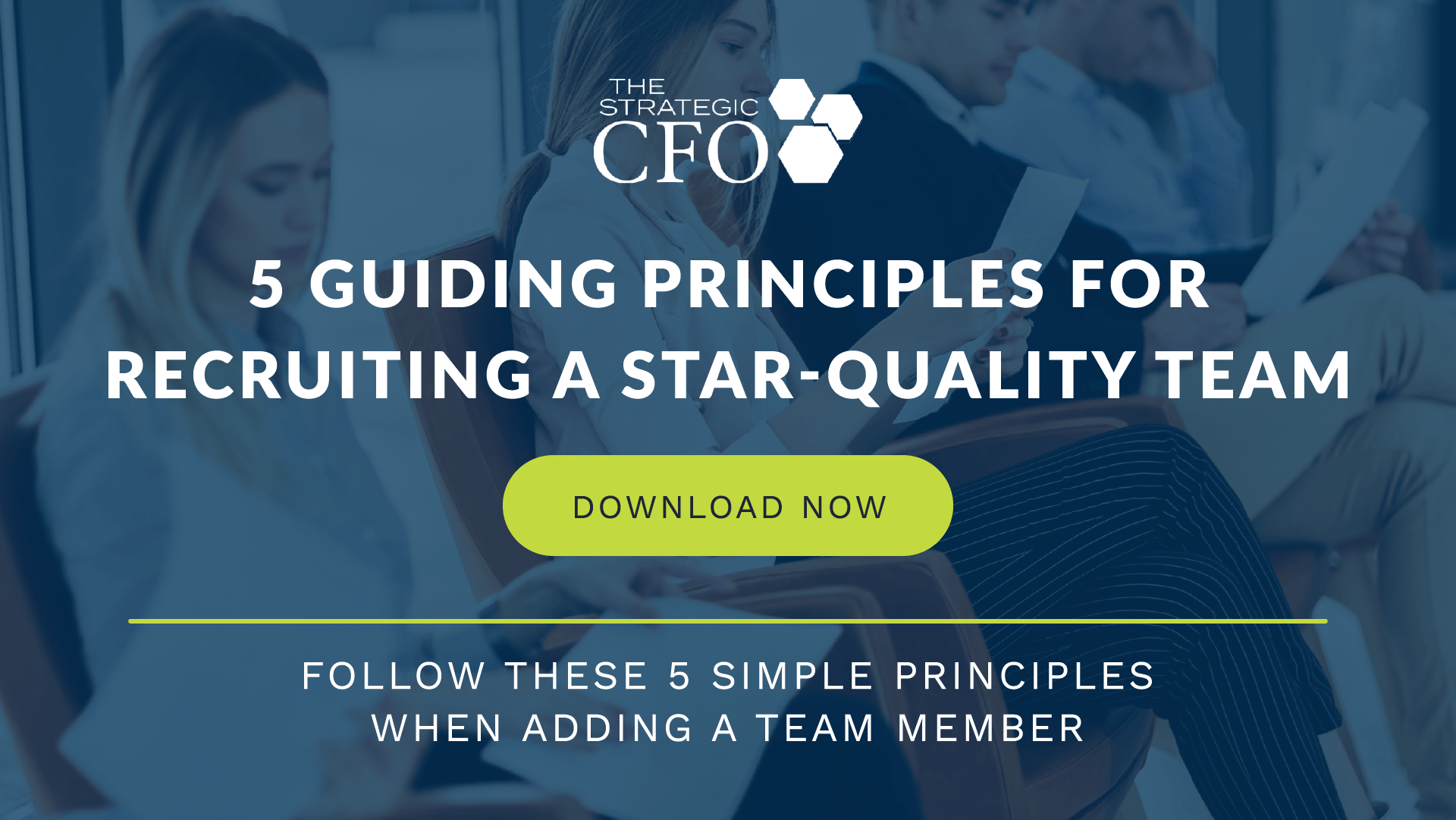See Also:
How to Turnaround a Company
SWOT Analysis
How to Run an Effective Meeting
How to Train People for Success
Action Plan
Core Competencies Definition
The core competencies definition is a resource or capability that gives a firm competitive advantage. Core competencies are the business functions or operational activities that a company does best. A company’s core competencies are what differentiate it from the other competitors in its industry. They are also the resources and capabilities that allow the company to achieve profitability. A firm should devise its strategy so as to exploit the resources and capabilities that comprise its core competencies.
Resources
A company’s resources are the operational inputs that allow it to perform its business activities. Resources are often divided into three categories, including the following:
- Physical assets
- Human resources
- Organizational capital
Resources can also be classified as either tangible resources or intangible resources. Tangible resources are physical assets, such as equipment or property. Intangible resources are non-physical assets, such as reputation, brand equity, or superior organizational architecture. Resources become core competencies or contribute to core competencies when they meet the criteria outlined below.
Capabilities
A company’s capabilities are the activities and functions it performs to utilize its resources in an integrative fashion. Capabilities are practiced and honed over time. As they become stronger, the company enhances its expertise in a particular functional or operational area. This expertise allows the company to differentiate itself from competitors. Furthermore, capabilities are operational activities that the company has mastered. They are inimitable or difficult for competitors to figure out and replicate. When capabilities meet the criteria outlined below, they contribute to the company’s competitive advantage and profit potential, and are considered core competencies.
When a company determines its core competencies, it may decide to focus on these activities only, and to outsource other peripheral or non-core activities. Provided that non-core activities can be performed more efficiently and economically by an outside organization that has expertise in that activity, it may benefit the company to outsource all possible peripheral business activities in order to devote itself to core business activities and competencies.
Core Competencies Criteria
When a company’s resources or capabilities meet certain criteria they can be called core competencies. If a resource or capability meets the following criteria it contributes to a firm’s competitive advantage over industry rivals and allows the firm to achieve profitability. A resource or capability is a core competency if it is valuable, rare, costly to imitate, and non-substitutable.
A capability or resource is valuable when it allows the company to capitalize on opportunities or defend against external threats. It is rare when few or no other industry competitors possess the resource or expert capability. A resource or capability is costly to imitate when competitors must incur heavy costs to replicate them or they are altogether inimitable. It is non-substitutable when no other resource or capability can be utilized as an equivalent.
See the following for the core competencies criteria:
1. Valuable
2. Rare
3. Costly to imitate
4. Non-substitutable
If you want to learn what your core competencies are, then click here to access our free Internal Analysis whitepaper.
Click here to learn more about SCFO Labs

Source:
Harrison, Jeffrey S., Michael A. Hitt, Robert E. Hoskisson, R. Duane Ireland. (2008) “Competing for Advantage”, Thomson South-Western, United States, 2008.






















